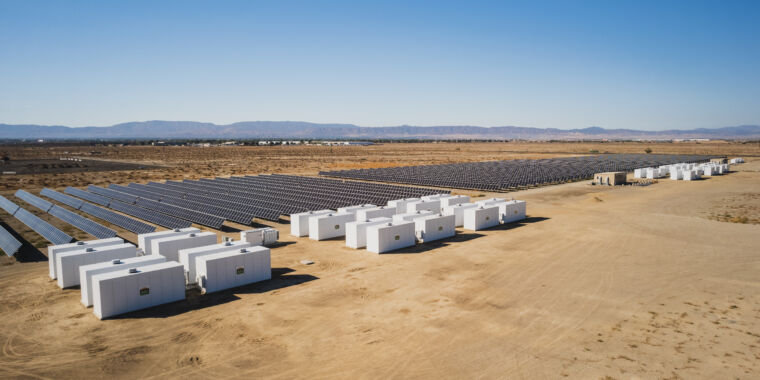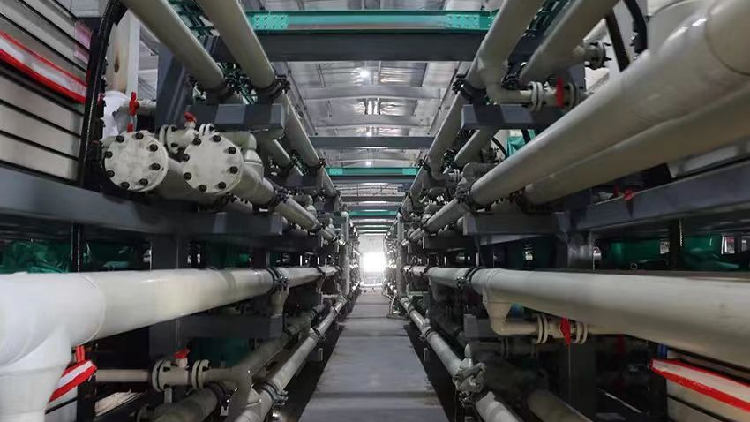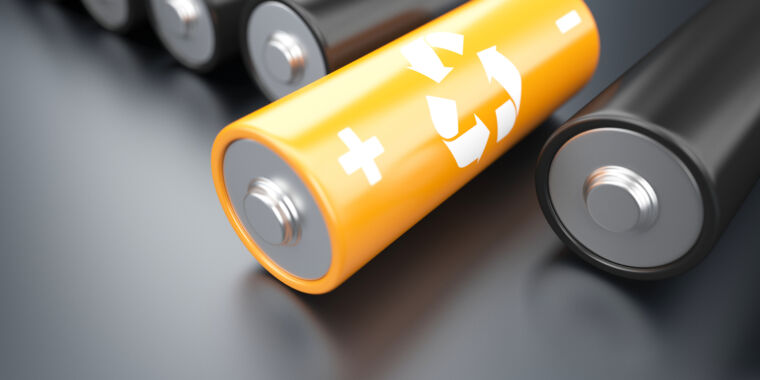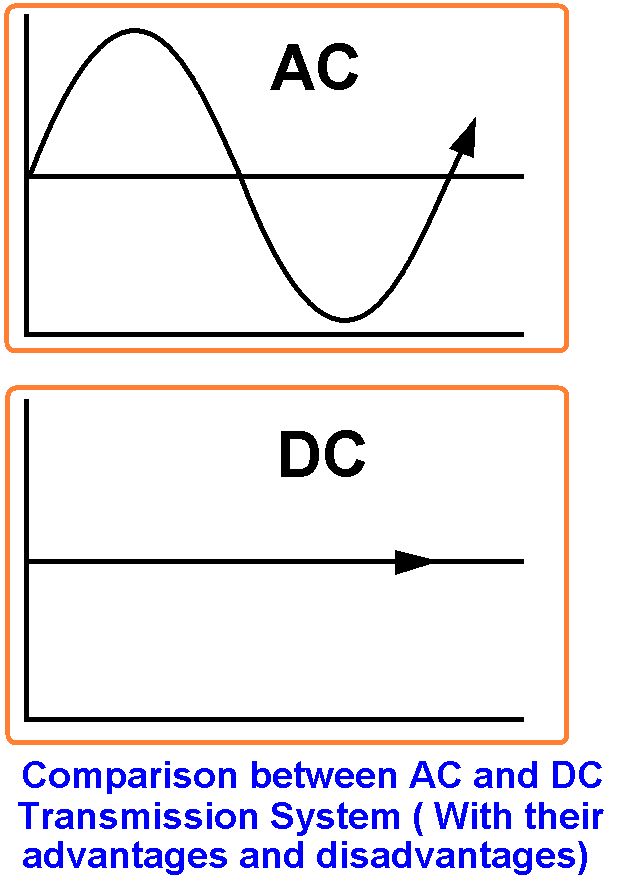I am sure it is a technical achievement but I doubt the practicality. Folding bikes invariably have to be lifted for parts of the journey and any motor system makes them unpleasantly heavy. Folders are for short distances, e.g. a ride to the train station, next in the train in folded condition, and then folded out for a ride from the final station to the destination. We have a Brompton for that, and it is unsurpassed for this. It is great for shortish rides and electric drive is pointless for that.
Right now I am on the train to the annual three day hiking and biking show in the Netherlands (20k visitors) to give presentations on cycle touring for beginners. I will tell a mostly elderly audience that they do not need an Ebike to ride from the Netherlands to the south of France in three weeks while camping for the nights.
Right now I am on the train to the annual three day hiking and biking show in the Netherlands (20k visitors) to give presentations on cycle touring for beginners. I will tell a mostly elderly audience that they do not need an Ebike to ride from the Netherlands to the south of France in three weeks while camping for the nights.






